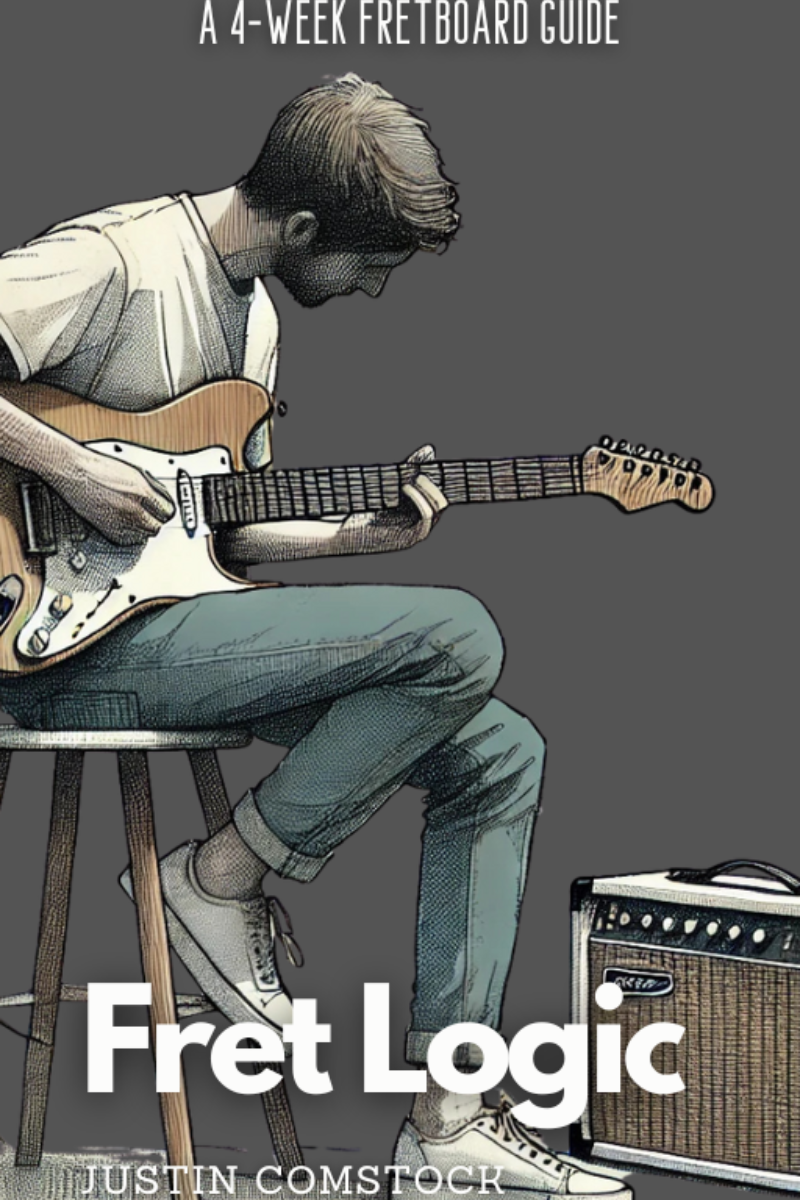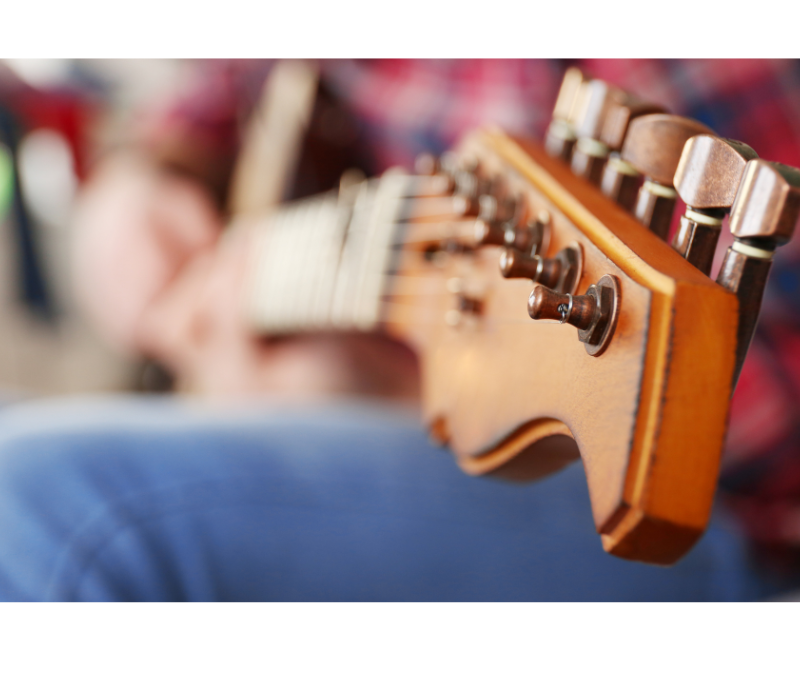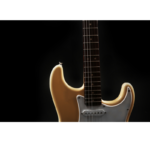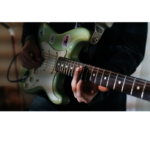Most players stick with standard guitar tunings (E-A-D-G-B-E) their entire lives—but that’s like only playing one side of the fretboard.
Alternate guitar tunings can unlock entirely new sounds, simplify complex chords, and inspire fresh songwriting ideas. In this guide, we’ll explore six powerful guitar tunings that will change the way you play, plus tips for writing progressions in each.
🎯 Want to visualize your scales in every tuning?
Get FretDeck™: Pentatonic Scales and master the neck fast.
👥 Join our Guitar Freaks Hangout Discord to swap tuning tricks and riff ideas with fellow tone chasers.

❌ Stop Guessing. Start Shredding.
If you’re still fumbling through scale patterns and box shapes… it’s costing you progress.
FretDeck™ is the no-fluff system that shows you exactly how to master the fretboard—fast. Early access.
⚡️ This isn’t for dabblers. It’s for players who want results.
👉 Click here to join the pre-launch now
Early access. Limited rewards. Don’t wait.
Why Explore Alternate Guitar Tunings?
Guitar tunings don’t just affect pitch—they completely reshape your fretboard. Alternate tunings make it easier to:
- Play open chords with fewer fingers
- Discover new voicings and harmonics
- Compose more interesting progressions
- Add emotion and space to your playing
From folk to blues to ambient soundscapes, the right tuning can completely redefine your tone and technique.
1. Open G (D-G-D-G-B-D)
One of the most popular guitar tunings for blues and slide guitar. Strum open, and you’ve got a full G major chord—no fretting needed.
Progression example:
- G (I): Open
- C (IV): Bar 5th fret
- D (V): Bar 7th fret
🎸 FretDeck™ helps you find the exact scale positions and pentatonic modes in Open G tuning—fast.
2. DADGAD (D-A-D-G-A-D)
This modal tuning is beloved in Celtic and fingerstyle genres. DADGAD is one of the most resonant and open-sounding alternate guitar tunings you can try.
Progression example:
- D (I): Open
- G (IV): 2nd fret A + 3rd fret B
- A (V): 4th fret A + B
🧠 Let the droning D notes anchor your progressions while your fingers explore melodic movement on top.
3. Drop D (D-A-D-G-B-E)
Drop D is one of the easiest alternate guitar tunings to use—you only change one string. It’s great for heavy riffs, rock power chords, and cinematic fingerpicking.
Power chord progression:
- D5: Open low D + 2nd fret A and D
- G5: Bar 5th fret
- A5: Bar 7th fret
🔥 Pair Drop D with FretDeck™ to map out your soloing patterns and nail your phrasing.
4. Open D (D-A-D-F#-A-D)
A wide-open tuning that gives you a D major chord right off the bat. Perfect for slow, expressive chord progressions.
Simple progression:
- D (I): Open
- G (IV): Bar 5th
- A (V): Bar 7th
Use embellishments like hammer-ons and suspensions to add nuance and color.
5. Half-Step Down (Eb-Ab-Db-Gb-Bb-Eb)
Used by Hendrix and Stevie Ray Vaughan, this is one of the most iconic guitar tunings for blues, soul, and heavy rock. It maintains standard shapes but adds warmth and depth.
Bluesy progression:
- Eb (I): Standard E major shape
- Ab (IV): A major shape
- Bb (V): B major shape
🎯 Want a visual map of these positions? 👉 Master the Guitar Fretboard with This Notes Diagram
6. Nashville Tuning
A studio favorite, Nashville tuning uses lighter strings on the lower four strings and tunes them up an octave. It gives you the sparkle of a 12-string with the clarity of a 6-string.
Use it for layering, fingerpicking, or giving your acoustic parts that chiming, angelic quality.
Which Guitar Tunings Should You Try First?
Here’s a cheat sheet based on feel and genre:
| Tuning | Best For |
|---|---|
| Open G | Blues, slide, classic rock |
| DADGAD | Fingerstyle, Celtic, ambient |
| Drop D | Rock, folk, heavy riffs |
| Open D | Folk, singer-songwriter, slide guitar |
| Half-Step Down | Blues, classic rock, soul |
| Nashville | Studio layering, modern country |
Make Tunings Click with FretDeck™
Visual learners—this is your edge. FretDeck™: Pentatonic Scales helps you master all five scale patterns, across any tuning. No guesswork. No fumbling. Just results.
📣 Share your alternate tuning progressions inside our Guitar Freaks Hangout Discord. It’s where new sounds are born.

Join Guitar Freaks Hangout on Discord! 🎸
Get Fret Logic FREE!
Join the Guitar Freaks Hangout Discord and get exclusive access to my entire e-book, Fret Logic! Master the fretboard and elevate your solos with this comprehensive guide.
👉 Don’t miss out—join now and download your free copy!
Final Take: Guitar Tunings Are the Hidden Gateway
If you’re feeling stuck in your playing, chances are you’re stuck in standard tuning.
Experimenting with alternate guitar tunings gives your fingers and your ears a whole new landscape to explore. Whether it’s Open D’s deep resonance or Drop D’s raw punch, every tuning holds a new door to creativity.










